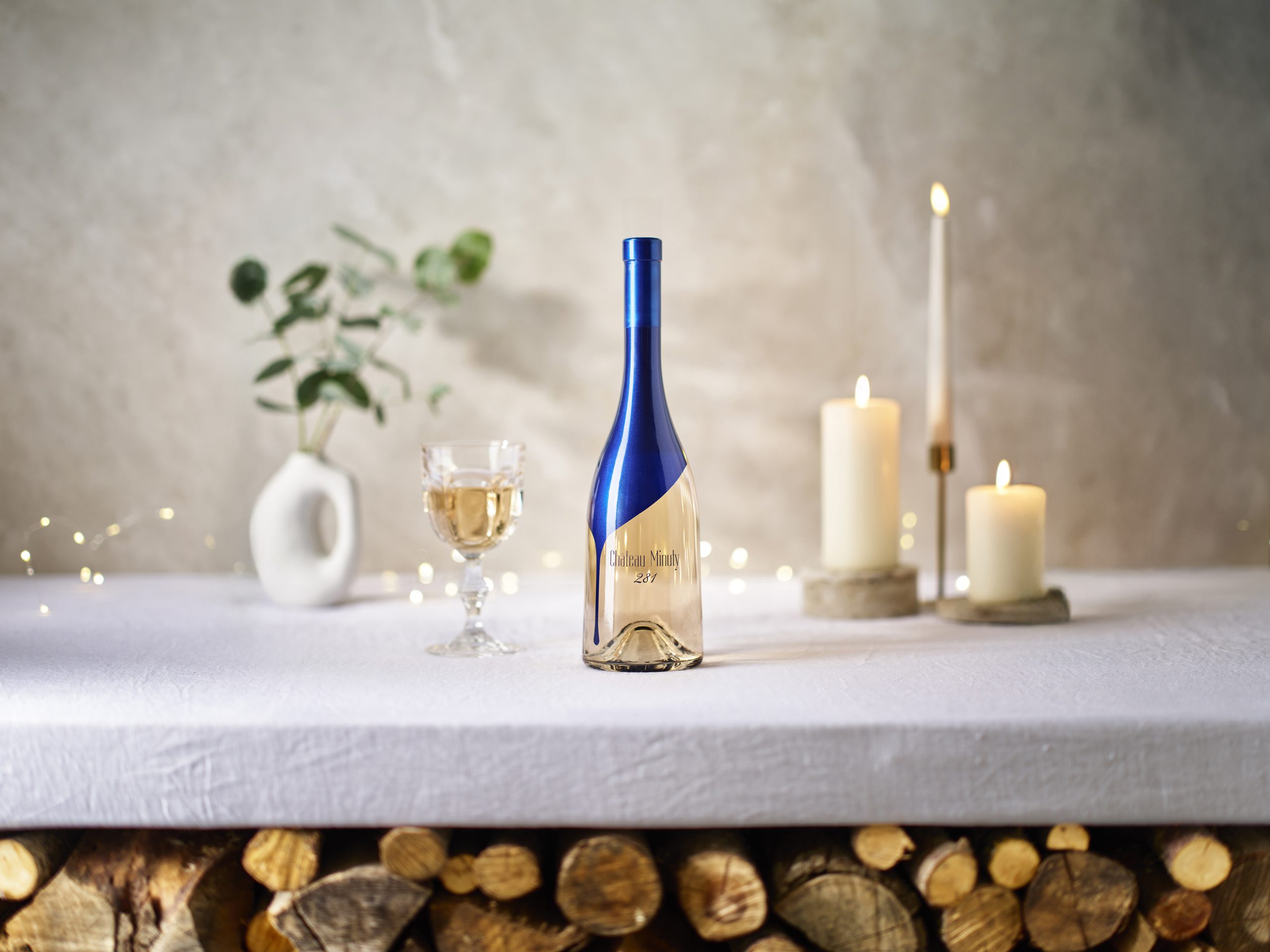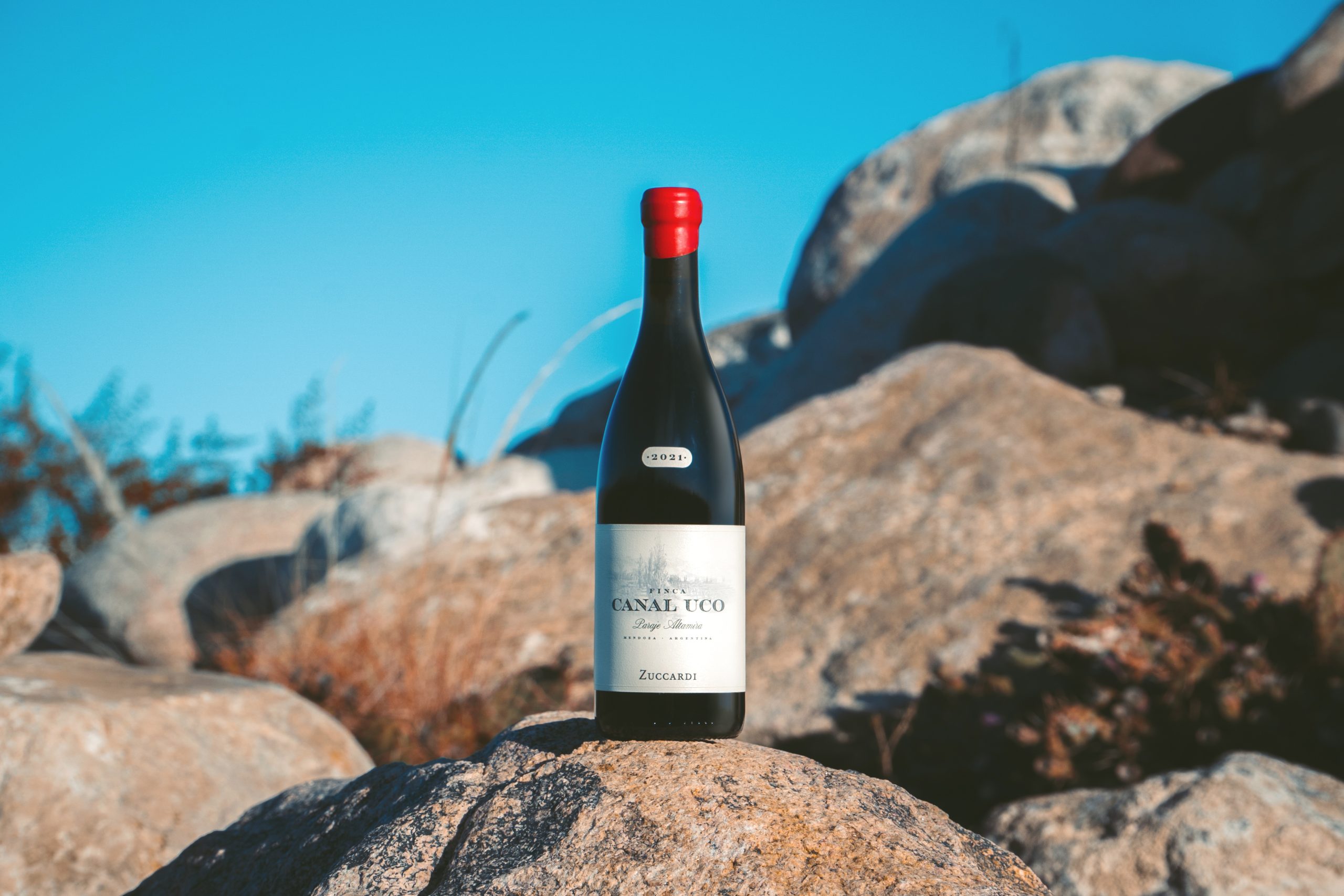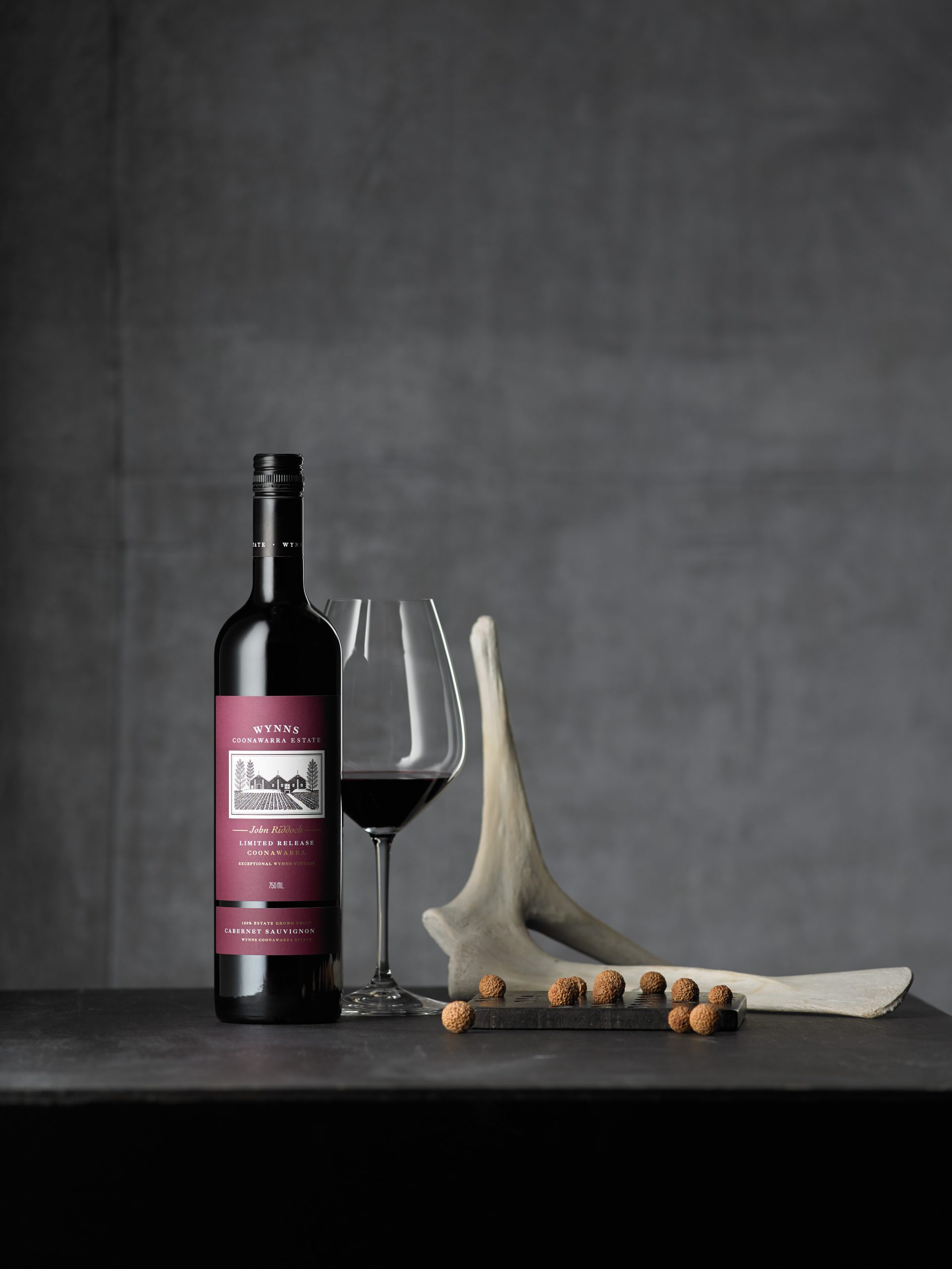De Martino to market ‘first Chilean Chasselas’
De Martino is ready to bottle a 70/30 blend of Muscat and Chasselas from a new vineyard in the Itata valley, according to its owner Sebastian De Martino.
One of Chile’s most progressive organic estates, De Martino has been acquiring vineyards in the Itata region since 2010, also producing a range of wines in tinajas, or terracotta jars, as it increasingly focuses on more natural, fruit-driven styles.
The grapes believed to be Chasselas – known locally as Corinto – cover approximately 30% of a vineyard in the small coastal town of Guarilhue, which De Martino acquired in March last year. The rest of the vineyard area produces Muscat.
“We think it’s Chasselas. That’s our guess,” Sebastian De Martino said.
Itata is the oldest wine region in Chile and has been producing wine since 1551.
“In this area, when the Spanish got to Chile they planted País and Muscat,” De Martino explained. [In] the 1930s, there was a big earthquake in Chile, so the agricultural minister took the opportunity to bring some other varieties to Itata. So they brought Cinsault, they brought Carignan and Corinto – which is how they call Chasselas locally. You find some small patches of Corinto in Itata.
The ‘Morgon of Itata’
“We started producing wines in Itata back in 2010,” he added. “We took some time until we found a region that probably has some of the oldest vines in Itata, specifically in a place called Guarilhue, a small coastal town which is like the Morgon of Itata.
“We found this area of vineyard which has probably the oldest in Guarilhue – 110 years or more – and it happens that here you have field blends, in the reds and in the whites, which is quite unusual in Itata.
“This vineyard we found had Muscat but we also found a funny variety – very low, very old bush vines – and we didn’t know what it was.
“We saw that this white variety had a different ripening period from the Muscat. We think it’s Chasselas. This year we are running a test.
Partner Content
De Martino is now preparing to bottle a 70/30 Muscat-Corinto blend from its Guarilhue vineyard.
“It’s quite interesting, it’s quite layered. The Corinto offsets the muscaty feeling and gives more volume in the mouth,” De Martino said.
The first vintage, which is due to be bottled this month, has been fermented and aged in stainless steel tanks; however De Martino said the plan for the next vintage was to use mature a proportion on the wine in old barriques.
Switzerland and beyond
Chasselas is thought to be of Egyptian origin but is most commonly associated with French-speaking Switzerland, where it is widely planted – especially in Vaud and the Valais. There are also plantings of Chasselas in Alsace, though these are in decline.
Smaller quantities of the grape are also grown in Italy, Spain, Germany and Austria. Significant quantities are also grown in Romania and Hungary, though these are mostly for use as table grapes.
In the New World, some Chasselas is grown in California, where it is known as Chasselas Doré. A small amount is also grown in New Zealand.
Chile is estimated to have around 400ha of Chasselas vines.




